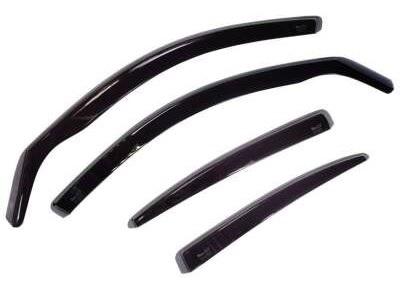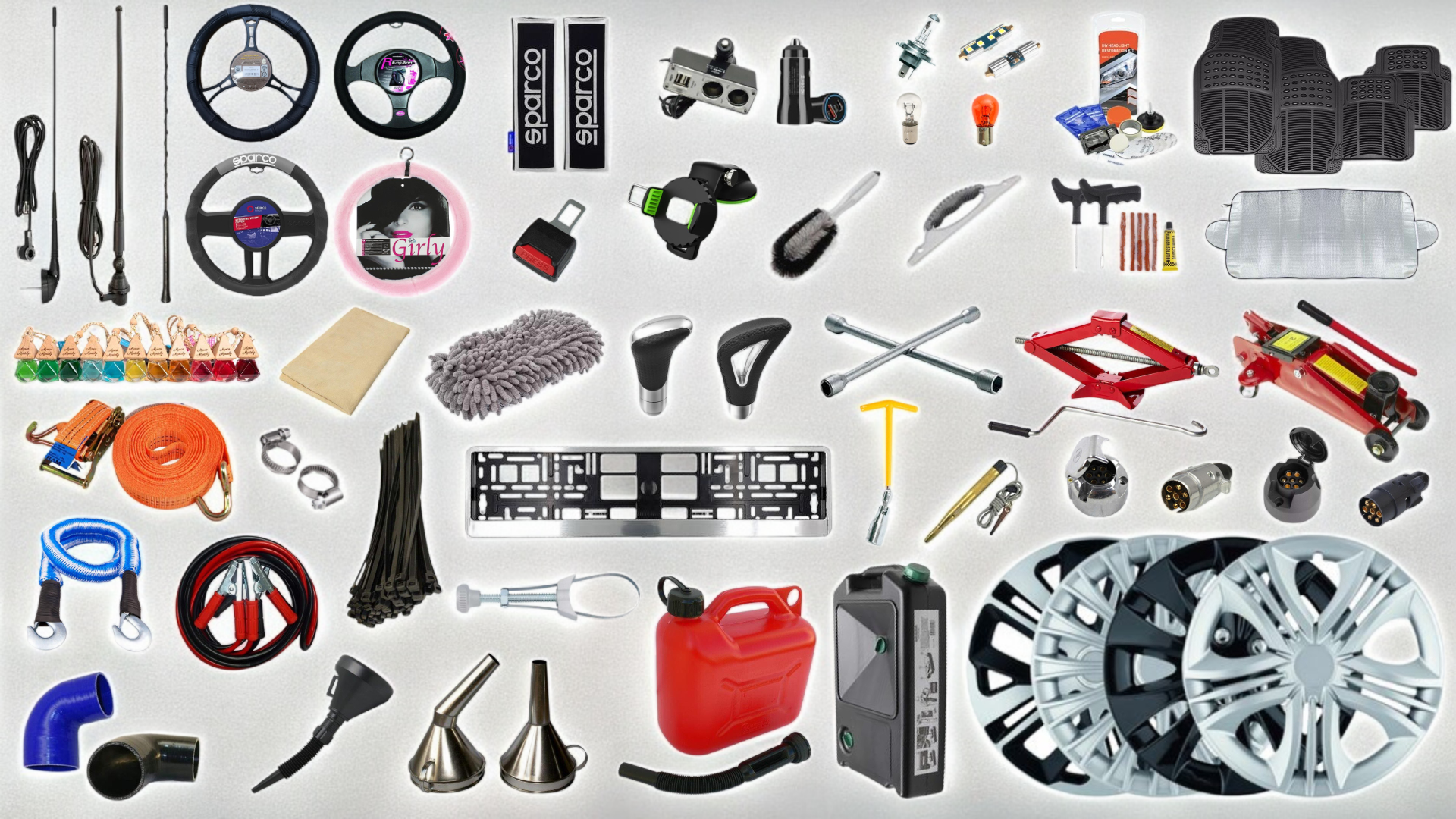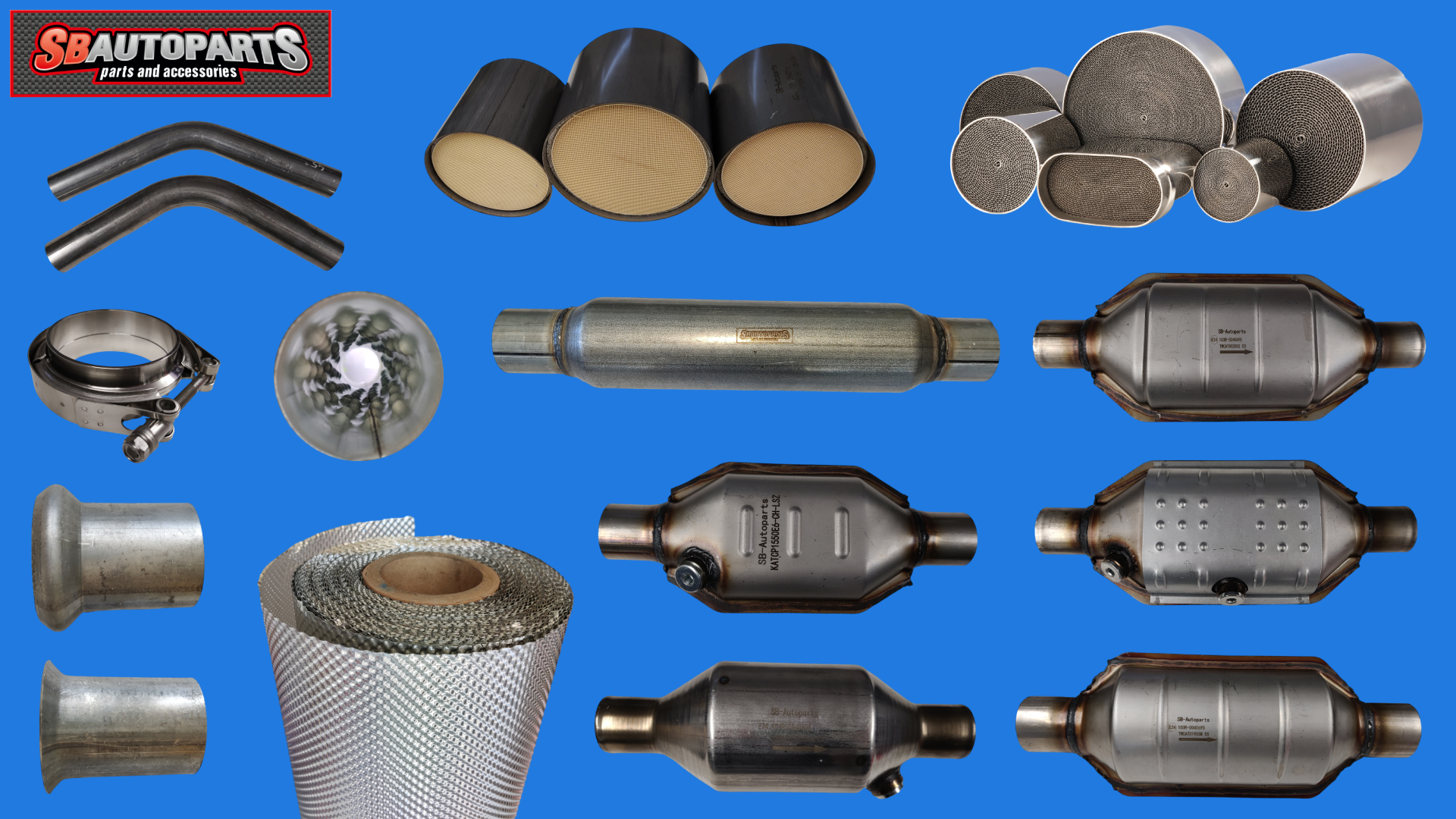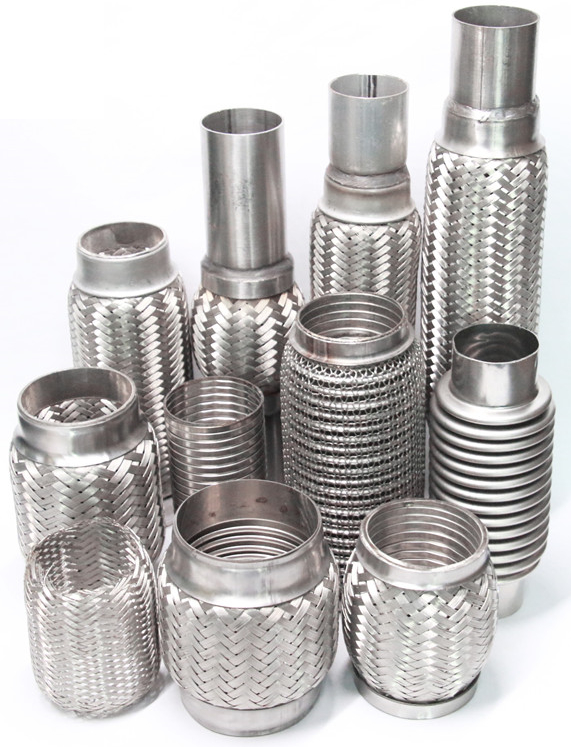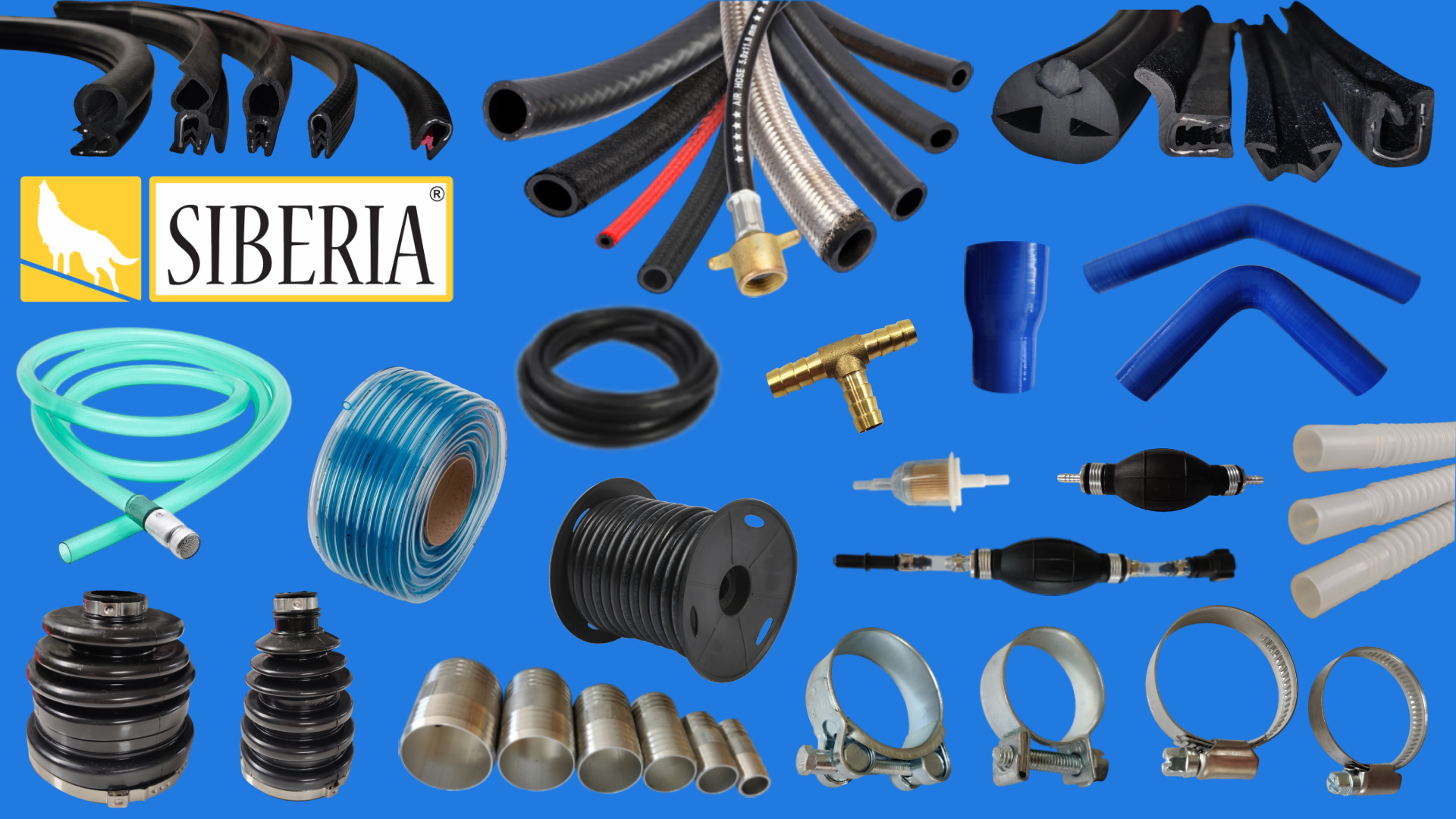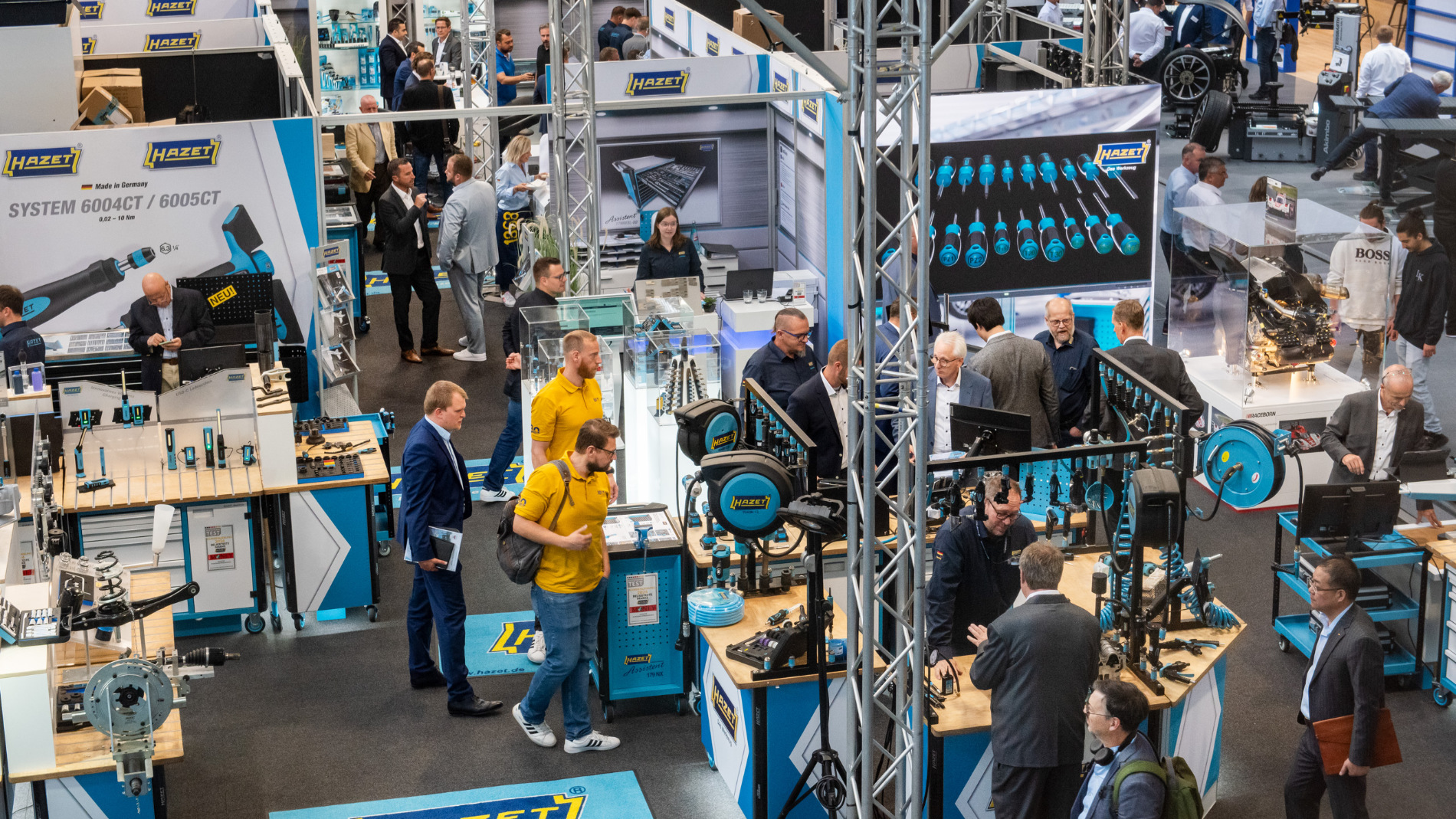The SBAutoparts universal catalytic converters and substrates, which are homologated (tested according to 103R regulations) and distributed by Sziklai Kft., are available in a wide range and are guaranteed to be high-performance and durable. Our stock is significant at the European level, so we can currently satisfy customer needs from stock immediately.
The advantages of the universal catalytic converters we keep in stock and distribute are suitable for replacing almost all types of catalytic converters found in all vehicles. In case of catalytic converter replacement, universal catalytic converters are affordable and represent equivalent quality compared to factory products. From old types (EURO2) to the newest (EURO4, EURO5, EURO6) products are available from our stock. The outer shell is made of high-quality stainless material. We distribute to Euro 2, 4, 5, 6 engines, from 700-5000 cm³, diesel and petrol-powered cars, oval and round-shaped catalytic converters, as well as inserts, which serve to replace type-cast catalytic converters integrated with the downpipe. Universal pipe catalytic converters and inserts are also available in ceramic and metal core versions. The inserts are available in 500 cell standard, 600 cell standard, and 600 cell premium factory quality.
Our company, also deals with the complete, professional refurbishment of high-value petrol passenger car type-cast catalytic converters. We keep type-identical catalytic converters in stock for several vehicle types, which is significantly cheaper than the factory, or the competitors’ aftermarket catalytic converters. We distribute EURO6 catalytic converters in several qualities, taking into account that the performance increases for newer vehicles, while the emission of harmful substances is regulated by strict environmental regulations. For vehicles after 2018, especially in the case of Japanese and Korean models, they are very sensitive to aftermarket catalytic converters, for these we recommend the EURO6 600 cell factory quality metal core inserts we distribute.
The operation of the catalytic converter: the joint condition of the triple reaction is that there should be an adequate amount of CO, CO-H in the exhaust gas in addition to nitrogen oxides. This is ensured by installing an oxygen sensor in front of the catalytic converter and an electronics regulates the fuel injection, mixture formation based on its signal. If the oxygen sensor (lambda sensor) does not work perfectly, or is not in the system, then the efficiency of the catalytic converter decreases, its lifespan shortens. In recent years, due to higher environmental expectations, vehicles are equipped with two lambda sensors. One of these is located in front of the catalytic converter, it provides the data necessary for mixture formation, while the second sensor, the so-called control sensor is located behind the catalytic converter and this sensor measures the efficiency of the catalytic converter. If the efficiency of the catalytic converter decreases, the rear sensor signals this to the electronics, which is displayed on the dashboard. NO2 ——> REDUCTION ——> N2 and O2 HC and CO ——> OXIDATION ——> H2O and CO2 Most common errors: If the engine setting is not done according to the factory data, or the engine has other faults (injection, excessive oil consumption, lambda sensors not working properly), or the exhaust is not properly sealed in the section before the catalytic converter, then the efficiency and lifespan of the catalytic converter significantly decrease and can even lead to the immediate failure of the catalytic converter.
